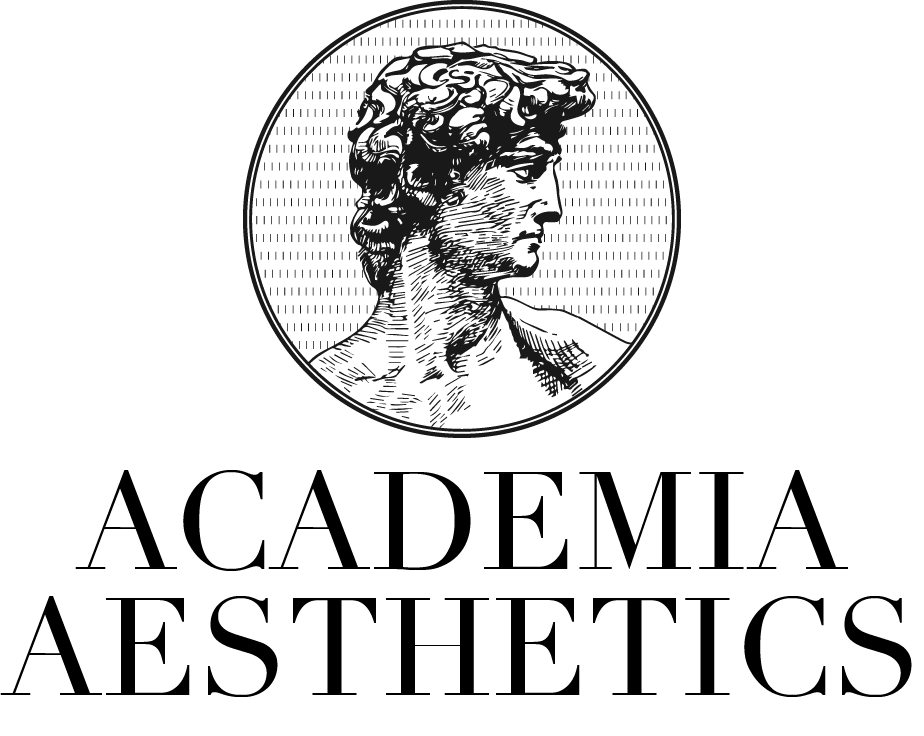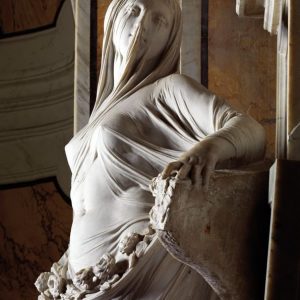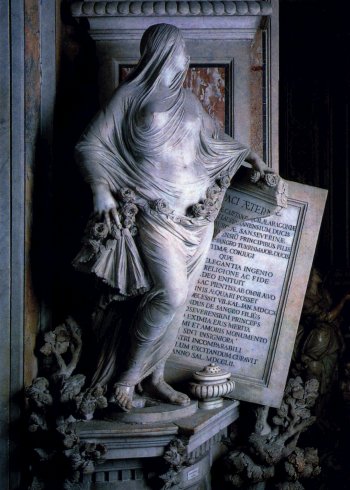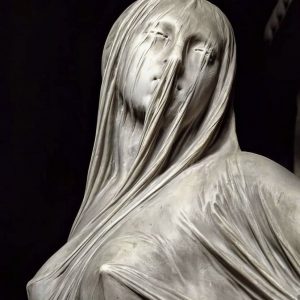Antonio Corradini
Showing all 2 results
Antonio Corradini (1688–1752) was an Italian Rococo sculptor. He is best known for his illusory veiled depictions of the human body, where the contours of the face and bodies beneath the veil are discernible.
Born in Venice, Corradini spent most of his early career working in his hometown for various patrons in Veneto and Venetian Republic in general, as well as for Dresden and Saint Petersburg. Later, in 1730, he spent a decade in Vienna where he was court sculptor for Charles VI, Holy Roman Emperor. In 1740s he moved first to Rome and later to Naples, where he died.
Antonio Corradini was the son of Gerolamo Corradini, a professional veler (packer of sails for ships), and his wife Barbara, and born in the parish of SS. Vito and Modesto in Venice. His family was modest.
Corradini was apprenticed to the sculptor Antonio Tarsia (1663 – ca 1739), for whom he worked probably for four or five years starting at the age of fourteen or fifteen (this was the norm at the time). He later became Tarsia’s son-in-law.



